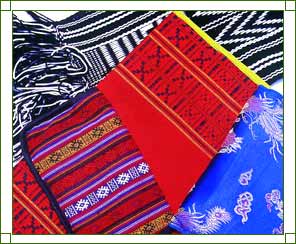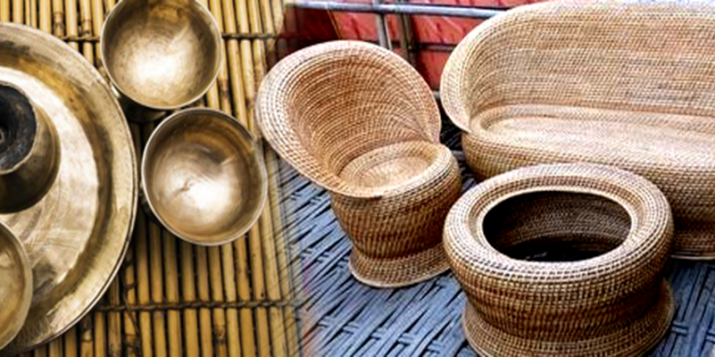Different regions of Assam are known for their different forms of art and handicrafts.
CANE AND BAMBOO
Cane and bamboo have remained inseparable parts of life in Assam. Grown in abundance here and hence most of the household articles in the homes of Assamese are made of cane and bamboo. They happen to be the two most commonly-used items in daily life, ranging from household implements to construction of dwelling houses to furniture to weaving accessories to musical instruments.
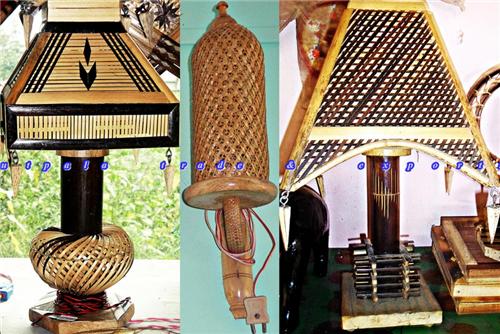
METAL CRAFTS
Bell-metal and brass have been the most commonly used metals for the Assamese artisan. Traditional utensils and fancy artiicles designed by these artisans are found in every Assamese household. The Xorai and bota have in use for centuries, to offer betel-nut and paan while welcoming distinguished guests.
Gold, silver and copper too form a part of traditional metal craft in Assam and the State Museum in Guwahati has a rich collection of items made of these metals. Gold however is now used only for ornaments.
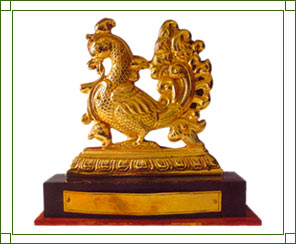
WOOD CRAFT
Assam has always remained one of the most forest-covered states of the country, and the variety of wood and timber available here have formed a part of the people’s culture and ecomony.
An Assamese can identify the timber by touching it even in darkness, and can produce a series of items from it. While decorative panels in the royal Ahom palaces of the past and the 600-years old satras or Vaishnative monasteries are intricately carved on wood, a special class of people who excelled in wood carving came to be known as Khanikar, a surname proudly passed down from generation to generation.

MASKS
With tribal art and folk elements form the base of Assamese culture, masks have found an important place in the cultural activities of the people. Masks have been widely used in folk theatres and bhaonas with the materials ranging from terracotta to pith to metal, bamboo and wood.

JEWELLERY
Gold-washing and jewellery-making were two important ancient industries in Assam. The earliest references to the golden art are found in the Arthashastra, but jewellery-making on an elaborate scale happened during the Ahom reign. Goldsmiths and gold traders flourished in Kamrup, Goalpara, Barpeta and Sivasagar but Jorhat town and outlying areas became the nerve centre of the gold and silver craft for superior enamelling work known as minakari in Assamese.
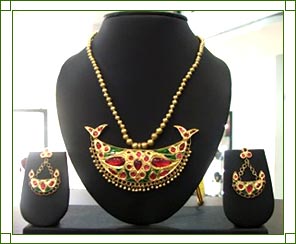
TERRACOTTA
Two categories of people – Kumars and Hiras – made pottery their own. But the ones that carved out a niche are the terra cotta craftsmen of Asarikandi in Dhubri district. The distinctive style has made Asarikandi an ethnic art brand in India. Asarikandi is also known for its sola pith craft, made from the soft core of a special kind of reed.

TRADITIONAL PAINTINGS
The tradition of paintings in Assam can be traced back to several centuries in the past. Ahom palaces and satras and naam-ghar etc still abound in brightly-coloured paintings depicting various stories and events from history and mythology. In fact, the motifs and designs contained in Chitra-Bhagavata have come to become a traditional style for Assamese painters of the later period, and are still in practice today.
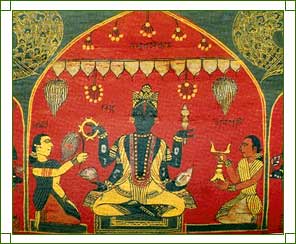
HANDLOOMS
The traditional handloom silks still hold their own in world markets They score over factory-made silks in the richness of their textures and designs, in their individuality, character and classic beauty. No two handwoven silks are exactly alike. Personality of the weaver, her hereditary skill, her innate sense of colour and balance all help to create a unique product.
